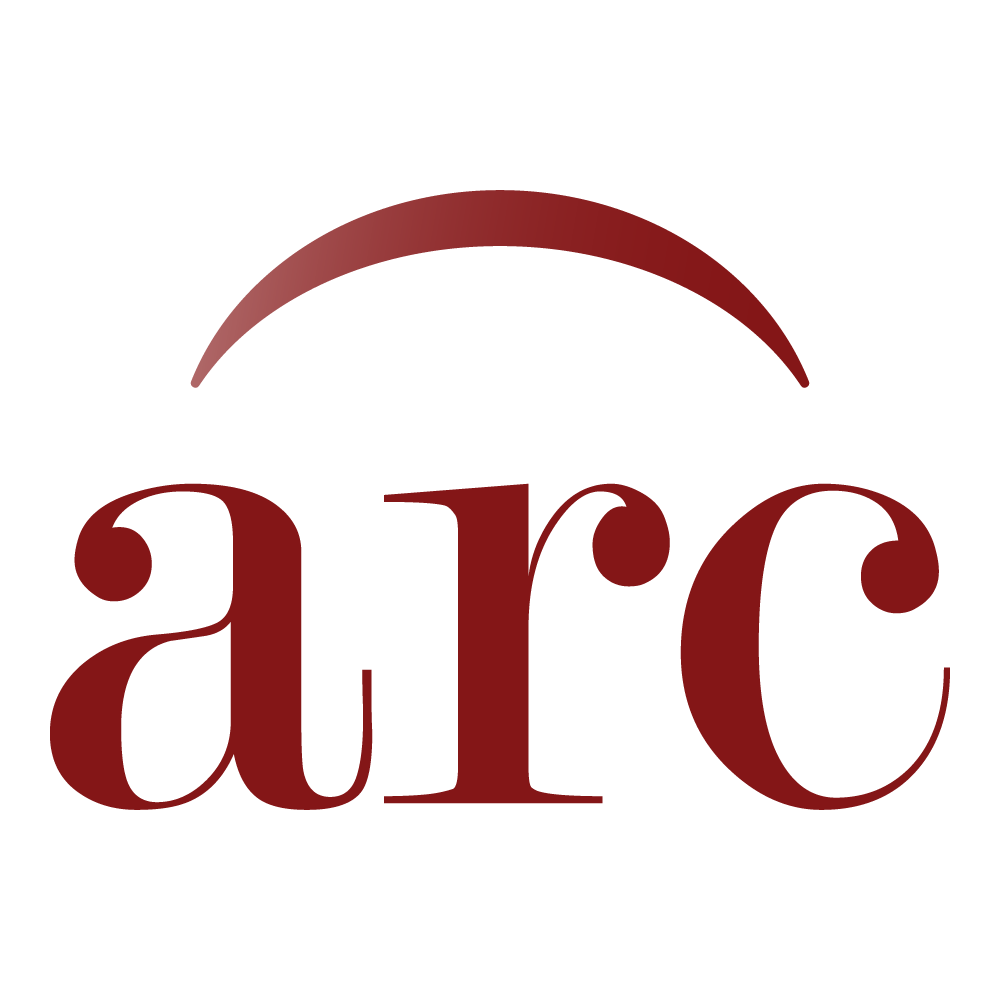Saturn Project Fact Sheet: A Look at the World's Largest Rocket, 1961-04-13
Item — Box: 12, Folder: 1
Identifier: CAC_CC_31_6_12_1_0007
Saturn is the world's largest known rocket, developed by NASA's George C. Marshall Space Flight Center in Huntsville, Alabama. It will be capable of sending payloads into orbit around the Earth, to the Moon, and into deep space. There are different versions of Saturn in progress, with the first version consisting of three stages. The Saturn C-1 rocket will have a liftoff weight of about 500 tons. The Saturn program has scheduled ten launchings for research and development, with the first launching in 1961. The Saturn C-1 rocket will be able to place payloads of about 10 tons into low Earth orbits, while the C-2 rocket will be capable of orbiting payloads of 45,000 pounds and conducting missions such as lunar soft landings and planetary probes. Plans for transportation and recovery of the Saturn S-I after launching are also being considered to reduce costs.
Dates
- 1961-04-13
Language of Materials
English
Conditions Governing Access:
Certain series of this collection are stored off-site and require prior notice to access. If you wish to view these materials, please contact the Congressional Archives staff to arrange an appointment.
The following series are stored off-site: Clippings and Invitations.
The following series are stored off-site: Clippings and Invitations.
Extent
3 pages
Overview
87th (1961-1963)
General
Science, Technology, Communications; Armed Forces and National Security
Creator
- TypeCollection
Repository Details
Part of the Carl Albert Center Congressional and Political Collections Repository
